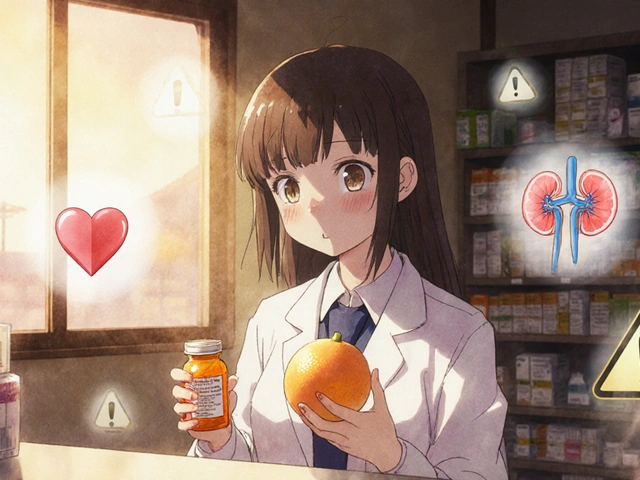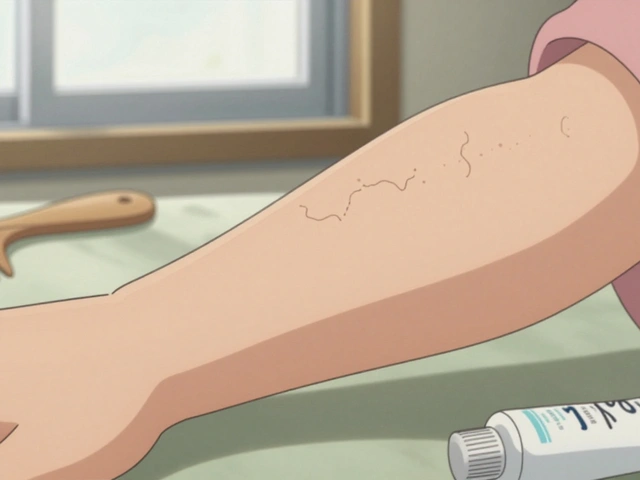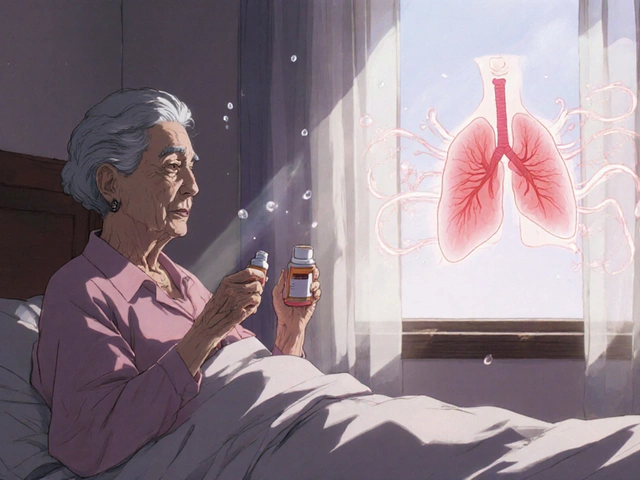Blood Clotting Disorders – What You Need to Know
Ever wonder why a tiny cut can bleed forever or why a simple bruise feels like a big deal? That’s often a blood clotting disorder at work. These conditions mess with the way your blood forms clots, either making you bleed too much or clot when you shouldn’t. Below we break down the basics, point out common warning signs, and show you which medicines can help keep things balanced.
Types of clotting problems and how they show up
There are two main camps: bleeding disorders and clotting‑excess disorders. Bleeding disorders, like hemophilia A, B, or von von Willebrand disease, mean your blood can’t form a solid clot when you need it. You might notice frequent nosebleeds, easy bruising, or blood in your urine. On the flip side, clotting‑excess disorders, such as deep‑vein thrombosis (DVT) or certain genetic clotting factor mutations, cause clots to form inside veins or arteries. Signs include swelling in a leg, sudden shortness of breath, or a painful, warm area on the skin.
Both sides can be dangerous. Too much bleeding can lead to anemia or uncontrolled hemorrhage, while unwanted clots can block blood flow to the heart, brain, or lungs and cause a heart attack, stroke, or pulmonary embolism.
How doctors diagnose and treat clotting disorders
Diagnosis starts with a simple blood test. Doctors look at clotting times (PT, aPTT) and specific factor levels. If you have a family history of a disorder, they might run genetic tests too.
Treatment depends on which side of the scale you’re on. For bleeding disorders, the go‑to options are factor‑replacement therapies or desmopressin sprays that boost your own clotting proteins. For clot‑excess conditions, anticoagulants are the staple. The most common one you’ll hear about is Plavix (clopidogrel), which stops platelets from sticking together. It’s often paired with aspirin or a newer drug like apixaban for stronger protection.
When you start an anticoagulant, it’s key to know the right dose and watch for side effects like easy bruising or stomach upset. Keep a list of any other meds you’re on because drugs like NSAIDs can raise bleeding risk. If you ever miss a dose, take it as soon as you remember unless it’s almost time for the next one—don’t double up.
Beyond meds, lifestyle tweaks can help. Stay active to improve circulation, but avoid long periods of immobility (think long flights) if you’re prone to clots. Eat a balanced diet rich in omega‑3 fatty acids, but don’t overdo vitamin K if you’re on warfarin because it can undo the medicine’s effect.
Regular check‑ups are a must. Your doctor will monitor blood levels, adjust doses, and keep an eye on any new symptoms. If you notice sudden swelling, chest pain, or unexplained bruising, call your healthcare provider right away.
RXDeal.net Pharma Guide has detailed pages on drugs like Plavix, warfarin, and newer oral anticoagulants, plus easy‑to‑follow dosing charts. Use those guides to stay informed and ask your pharmacist any questions.
Bottom line: blood clotting disorders can feel confusing, but with the right tests, medicines, and everyday habits, you can keep them under control. Keep an eye on your body, stay on top of appointments, and use trusted resources like our site to make the best choices for your health.

Blood Clotting Disorders: Symptoms, Causes, Types, and Treatment Options
- By : Archer Hamilton
- Date : May 13 2025
Ever wonder why a tiny cut sometimes bleeds more than it should, or why some people have dangerous clots form inside their bodies? Blood clotting disorders are a tricky group of conditions that can turn the body’s natural defense system into a health risk. From bruising easily to life-threatening strokes, the signs aren’t always obvious. This article breaks down the different types, what to look out for, and the newest treatments that could make a huge difference in someone's life. Read on for real-life facts, actionable tips, and everything you need to know about staying safe if you or someone you love has a clotting problem.





